Taz
Gold Member
- Jul 8, 2014
- 22,876
- 2,119
- 190
- Banned
- #621
My white people have invented pretty much everything. Gone to the moon...Those are the best 3?That’s it? Not much there, brah.C'mon, what's the best thing a Pole ever invented? Name 3.
Dual Roter helicopter - Frank Piasecki.
First successful handheld movie camera - Aeroscope by Kazimierz Proczynski.
Television pioneered by 3 people of Polish heritage, Jan Szczepanik, Paul Nipkow, and Julian Ochorowicz.
Well, you only asked for 3, doof.
What has your ethnic heritage invented?









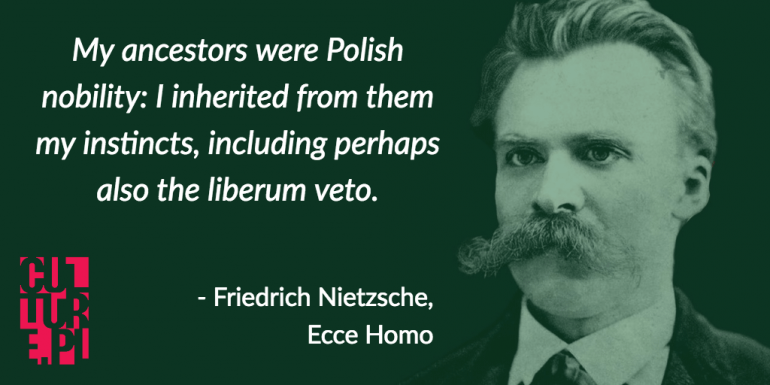


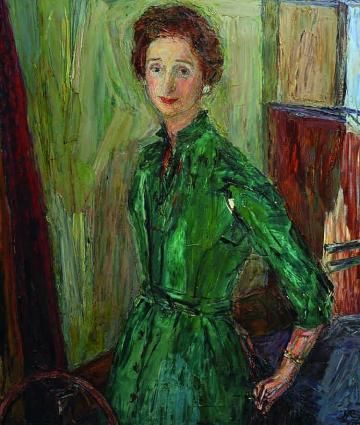

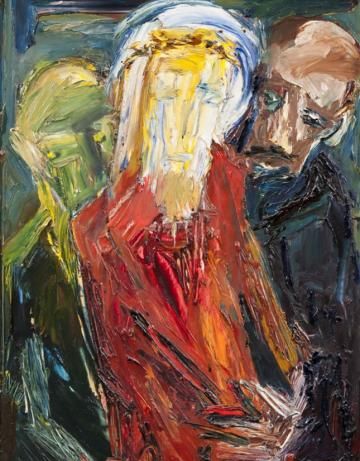


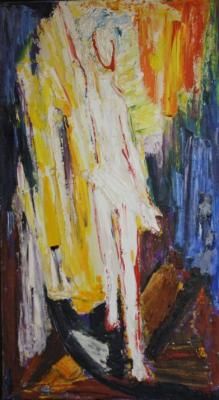
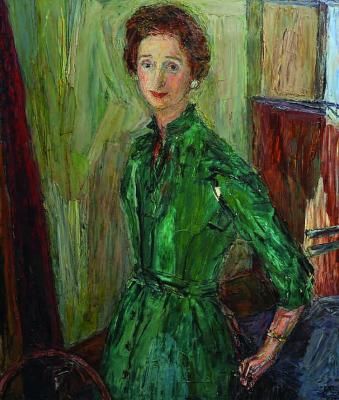

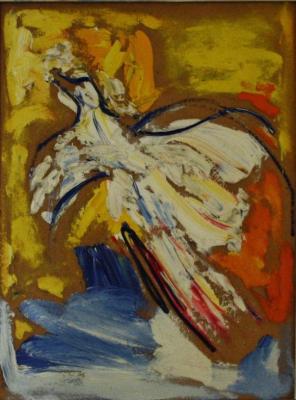
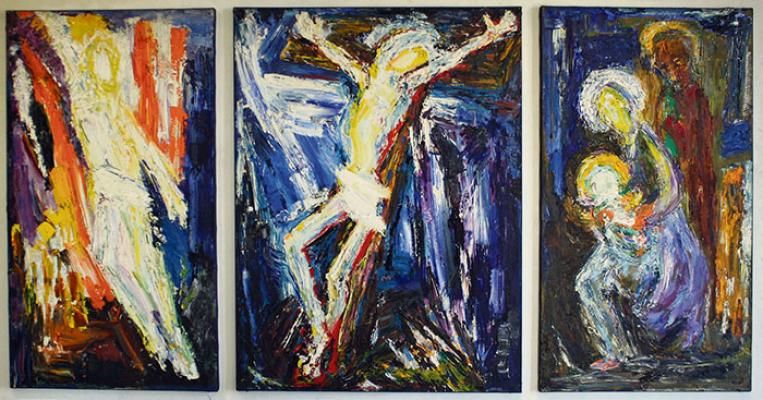



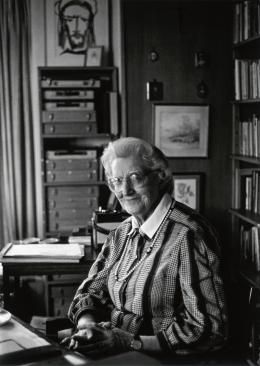
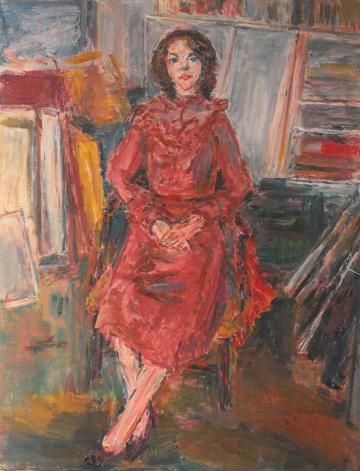



 TopGaN
TopGaN




















